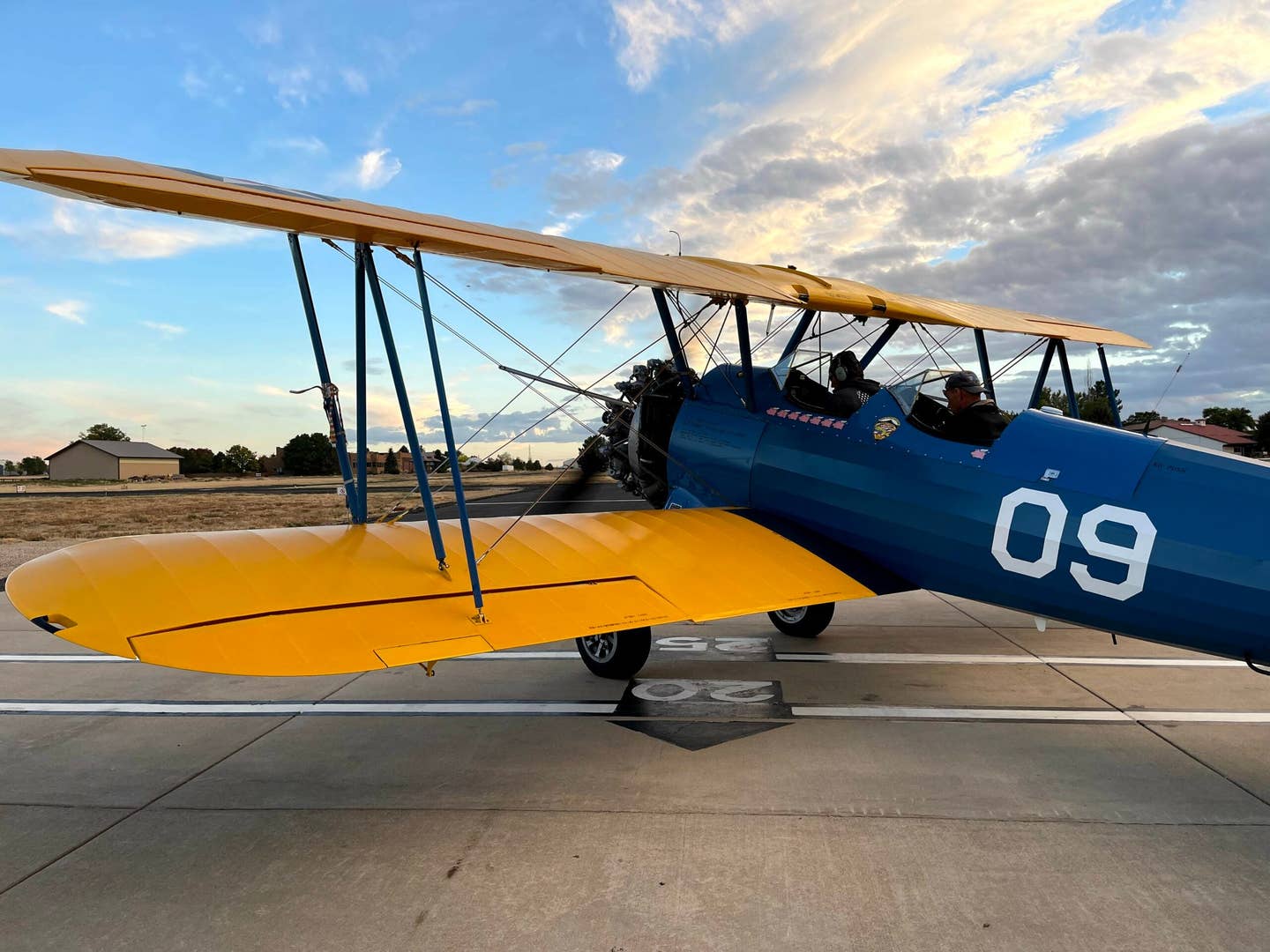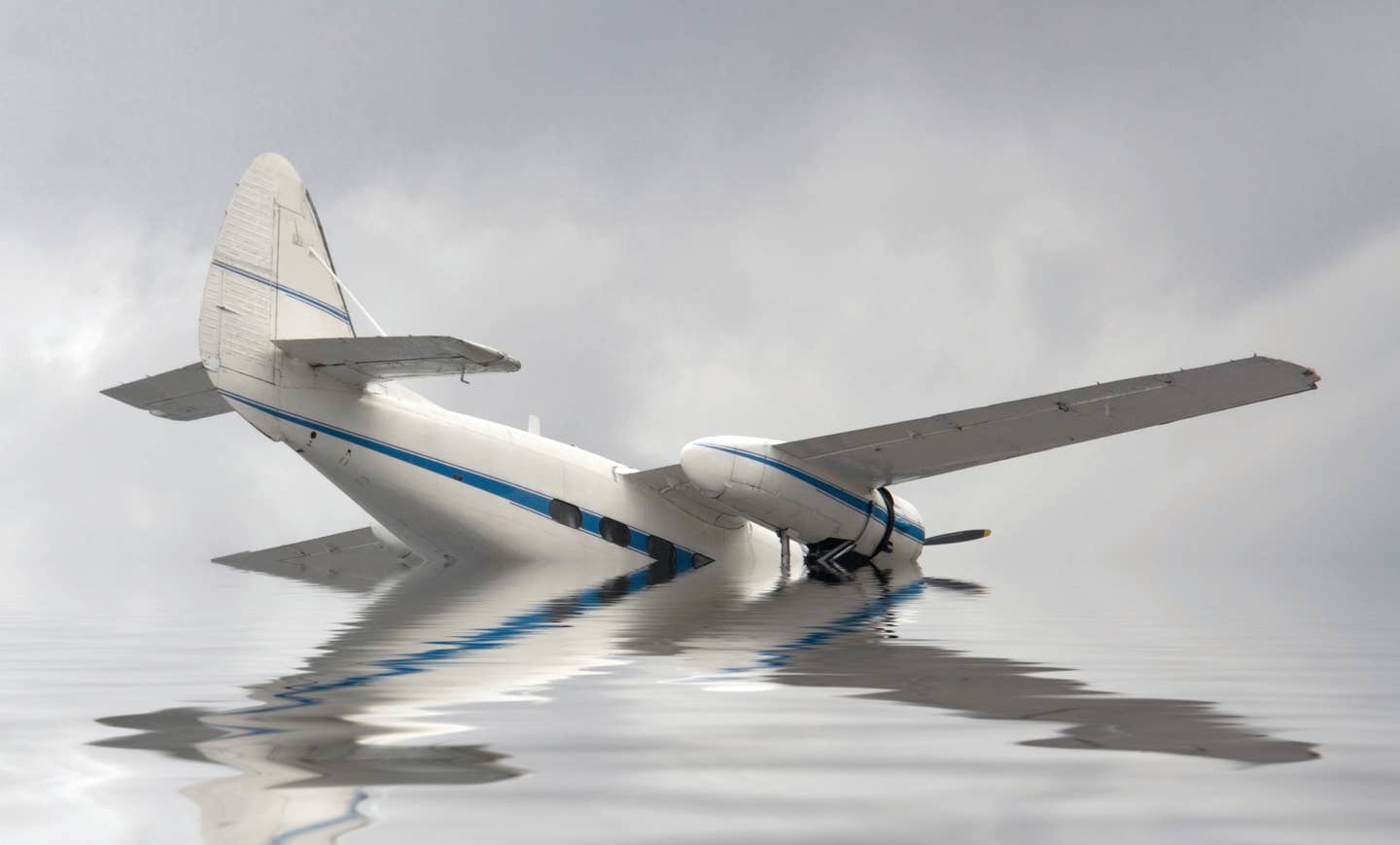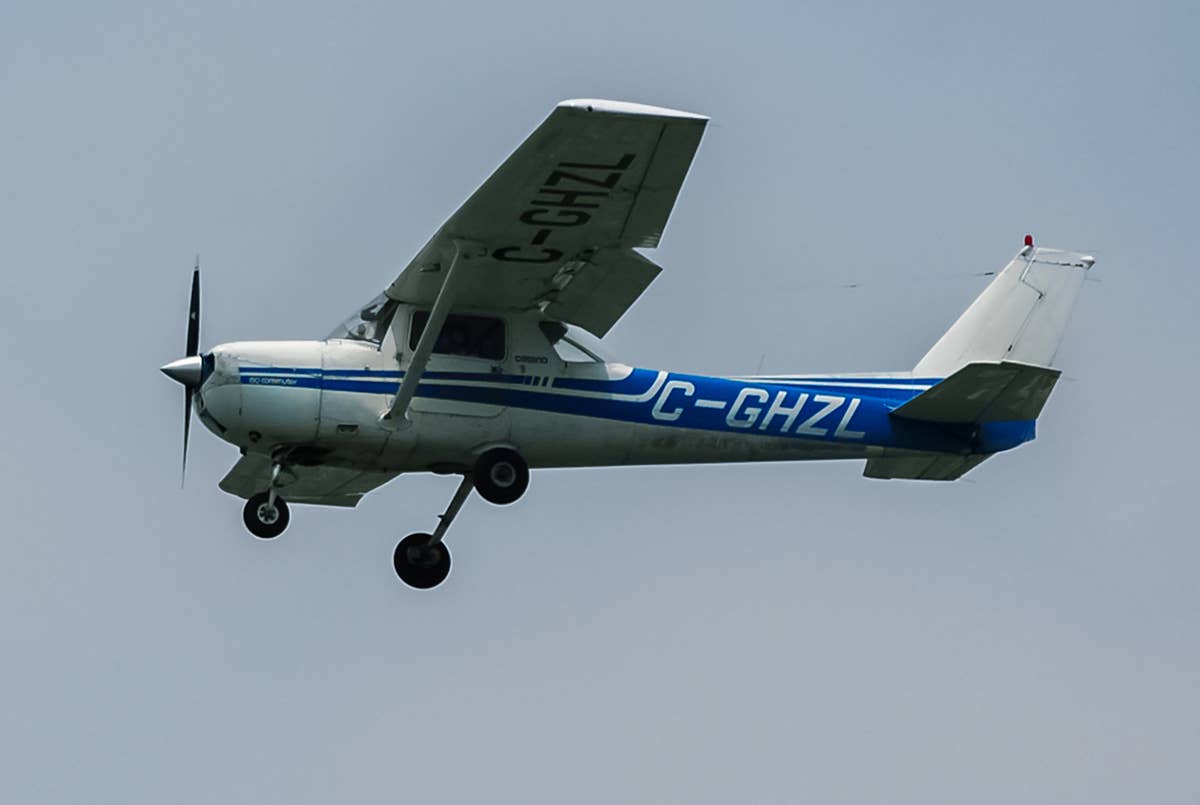Separation Anxiety: When Your Instructor Moves on, Your Logbook Tells the Story
Both the CFI and learner must take responsibility for this integral part of the process.

If you are a CFI who intends to move on, it’s important to let your learners know your plan. [iStock]
Of all the challenges that arise from a flight instructor moving on to their next job, gaps left in a learner’s logbook are the most prevalent—and the most challenging.
Often the instructor leaves a space or empty line to record a dual instructional flight—or forgets to sign it off because the end of the lesson was hurried. Either the CFI, learner, or both had someplace else to be. There was the intention to sign off on the flight time later, but before this could happen the CFI moved on.
If you're not already a subscriber, what are you waiting for? Subscribe today to get the issue as soon as it is released in either Print or Digital formats.
Subscribe NowWithout the instructor’s signature, those hours of dual don’t count toward the experience requirements for a certificate or rating. In essence, the learner may end up paying for these hours twice.
Both the learner and CFI need to take responsibility for this. Structure the lessons so that you have at least five minutes to fill out and sign the logbook—if you are going to be late, you are going to be late. This is that important.
Log the Time Correctly
Logging the flight incorrectly can also void the experience. FAR 61.51(b) provides the details on what should be logged in a “manner acceptable to the administrator,” and that includes total flight or lesson time, type and identification of aircraft, flight simulator or training device, and flight or ground training received.
The logbook is a legal document, and precision counts. Write out what maneuvers were done, how long the flight was, and include any ground discussion—your logbook might read 1.2 flight, climbs, turns, descent, 0.2 under hood, and then note the number of takeoffs and landings.
Flight instructors should also include the time spent in pre- and post-flight briefing. I denote this with a “G” and a description of what was discussed—for example, 0.3 G “ground reference maneuvers.”
- READ MORE: Make Flight Reviews for CFIs Worthwhile
If the lesson is all ground discussion, that should also be logged, and some logbooks have a preprinted section for this. Again, give details. “Review aircraft systems” is too vague. Instead, go with “aircraft systems for Cessna 172N, pitot static vacuum, electrical, engine, oil, gyroscopic.” If the logbook doesn’t have a predetermined section for ground instruction, create one—the same can be done for AATD instruction.
Make sure to have the CFI clearly label instruction given in any “areas found deficient” from the knowledge test, as this is required and needs to be appropriately accounted for. The examiner will want to see that during the check ride.
Details, Details
Do you remember the first time you put the details of the flight in your first logbook? Some flight schools have the learners do this from day one. The CFI tells the learner what to write, then the instructor reads the entry to make sure it is correct and signs. Some CFIs learn the hard way not to sign and then let the learner fill in the details. While most people are honest, there are some learners who take advantage of the instructor’s trust and pad their hours.
If the learner believes the CFI is looking for shortcuts, the learner will likely be looking for them too. It’s not uncommon to find a logbook filled with line after line of “pattern work,” “practice area,” or “VFR maneuvers” under both dual instruction and solo flights. What maneuvers? Please be specific. Was one of those flights completed for currency? A proficiency flight? A particular solo lesson from the syllabus? Label them as such.
Learners and pilots, please take ownership of your training—initial or recurrent. As you fill up a page in your logbook, total the numbers, check your math, and then go back through the FAR/AIM to the experience section for the rating or certificate sought and determine what requirements have been met, what needs to be done, and then discuss with your CFI how to meet them.
The Long Goodbye
“When he gets back in town, we’re going to fly again,” the learner said. His CFI was now flying right seat for an air ambulance company. His schedule was two weeks on, one week off. If your CFI is being pulled in multiple directions, you need to be realistic about whether this business relationship still meets your needs.
Learners can get very attached to their CFI and won’t want to fly with anyone else. If the CFI is only available once a week, the training spreads out, with very little skill progression. It’s like going to the gym just once a week and expecting to see results. The lack of progress leads to frustration, which often evolves into apathy and sometimes the termination of training.
- READ MORE: Practice Crosswind Landings Whenever You Can
The CFI can suggest someone for the learner to fly with, and a meeting between the involved parties will make sure the transition is seamless. But even this doesn’t guarantee a good fit. A learner who had a good relationship with a professional CFI may find themselves in the clutches of a time builder who ignores the previously logged experience and demonstrated skills and makes them repeat it. It is particularly egregious if the learner is enrolled in a Part 141 program, where the change of CFI should be seamless, but there are some sleazy flight schools that insist learners repeat the training so they can pad the bill.
Under Part 61 the learner should insist on a stage check using the syllabus and airman certification standards (ACS) as the performance metrics. Sadly, there are some instructors who eschew the syllabus because they weren’t trained with one and will say the ACS is not required until the check ride. If this is the attitude you encounter, keep looking.
Plan the Departure
If you are the CFI who intends to move on, let your learners know your plan and work together to get the learner to a hard-stop point, such as the check ride, past solo, or particular stage check before you go.
No matter what, advise the learner to expect a skill evaluation with the replacement CFI. This should consist of both a ground session as well as flight. Remind the learners to manage their expectations. They shouldn’t anticipate a single flight to lead to a solo endorsement for check ride signoff. That’s just not realistic.
Working Around the Gap
As a final note, if you have a gap like this and the CFI is no longer locally available, reach out to your former instructor to see if they are comfortable writing out the required entry and signing off then taking a digital image of it and emailing it to you. Some DPEs are comfortable with that means to document experience. You can also call the local Flight Standards District Office for guidance.
This column first appeared in the April 2024/Issue 947 of FLYING’s print edition.

Subscribe to Our Newsletter
Get the latest FLYING stories delivered directly to your inbox







